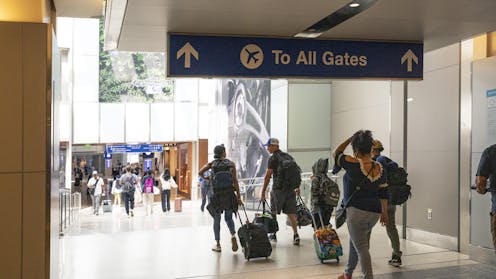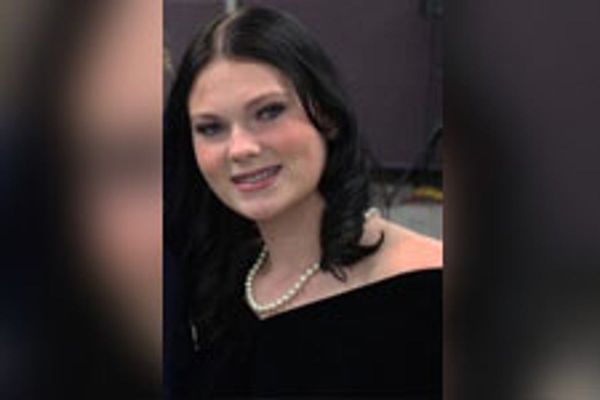
Science in the United States in in trouble. The National Science Foundation, a key research funding agency, has suffered devastating funding cuts under the current administration. Critics say the cuts risk losing an entire generation of young scientists.
In addition, about 280,000 scientists and engineers have been affected by US federal workforce cuts. Billions of dollars in further cuts have been proposed to US hospitals, universities and research institutions.
The US has long been the global destination for science. But perhaps no longer. The rest of the world, including Australia, is looking to lure scientists from the US.
And many of those scientists are looking to move. In March, a Nature survey suggested more than 75% of US researchers were considering leaving the country.
What moves are under way to capitalise on this American brain drain? Where does Australia sit – and, importantly, are we doing enough?
What are other countries doing?
In May, the European Commission announced a two-year, €500 million package to woo scientists and researchers called Choose Europe. The announcement of the package highlighted how “academic and scientific freedom is increasingly under threat”, and offers researchers higher allowances, longer contracts and reduced regulatory barriers to innovation.
Canada also has active efforts. The Toronto-based University Hospital Network, for example, aims to raise C$30 million to attract and recruit clinician scientists and medical talent.
China, too, is actively seeking US scientists with dedicated recruitment programs and large salaries. This is accelerating the existing trend of Chinese-born scientists leaving the US.
Programs such as the EU’s and Canada’s ostensibly aim to attract and recruit top talent from “around the world”. Given the timing, however, it’s no secret which country’s scientists they have their eyes on.
What about Australia?
In Australia, the scientific community is understandably concerned about events in the US and their impact on Australian research. The US is Australia’s largest research partner, with a conservatively estimated A$386 million in funding for Australian research organisations coming from the US government.
At the same time, the US cuts represent an opportunity for Australia as for other countries. The Australian Academy of Science recently launched its Global Talent Attraction Program to take advantage of “a rare opportunity to strengthen our nation by attracting world-leading researchers to our shores”. The program will offer relocation packages for selected researchers, together with research funding, access to Australian infrastructure and family relocation support.
As well as attracting US talent, it may also be an opportunity to reverse the brain drain and bring back talented Australians who may have moved to the US for what were once better career prospects.
The global picture
Attracting, recruiting and retaining US researchers and innovators at all levels is the right thing for Australia to pursue right now. But broader international relationships are also worth some effort, including with countries in our region such as Japan, South Korea and Singapore, as well as in Europe.
These can be facilitated through existing initiatives such as the strategic arm of the Global Science and Technology Diplomacy Fund. Backed by the Australian government and delivered by the Australian Academy of Technological Sciences and Engineering (where I am the CEO) and the Australian Academy of Science, the fund brings together innovators and research initiatives in priority partner countries and Australia. Areas of interest include advanced manufacturing, artificial intelligence and hydrogen production.
With the US pulling out of international collaborations, there is a chance for Australia to establish itself as a science and technology hub within our region.
Australia has much to offer the world. We can provide insights into the behaviour and management of bushfires, floods and droughts. We bring a sophisticated understanding of extreme weather modelling, and are a global gateway to exceptional oceans and atmospheric research.
We have huge clout in renewable energy and battery technologies. Australian-invented solar panels represent the majority of household solar around the world and Australian batteries technology is among the best.
Australian researchers, policymakers and citizens are right to be concerned by what’s happening in the US. But we don’t need to wait anxiously. We have an extremely rare opportunity to foster talent in Australia on our terms.
Kylie Walker is CEO of the Australian Academy of Technological Sciences and Engineering and previously worked for the Australian Academy of Science (2011–2016).
This article was originally published on The Conversation. Read the original article.







